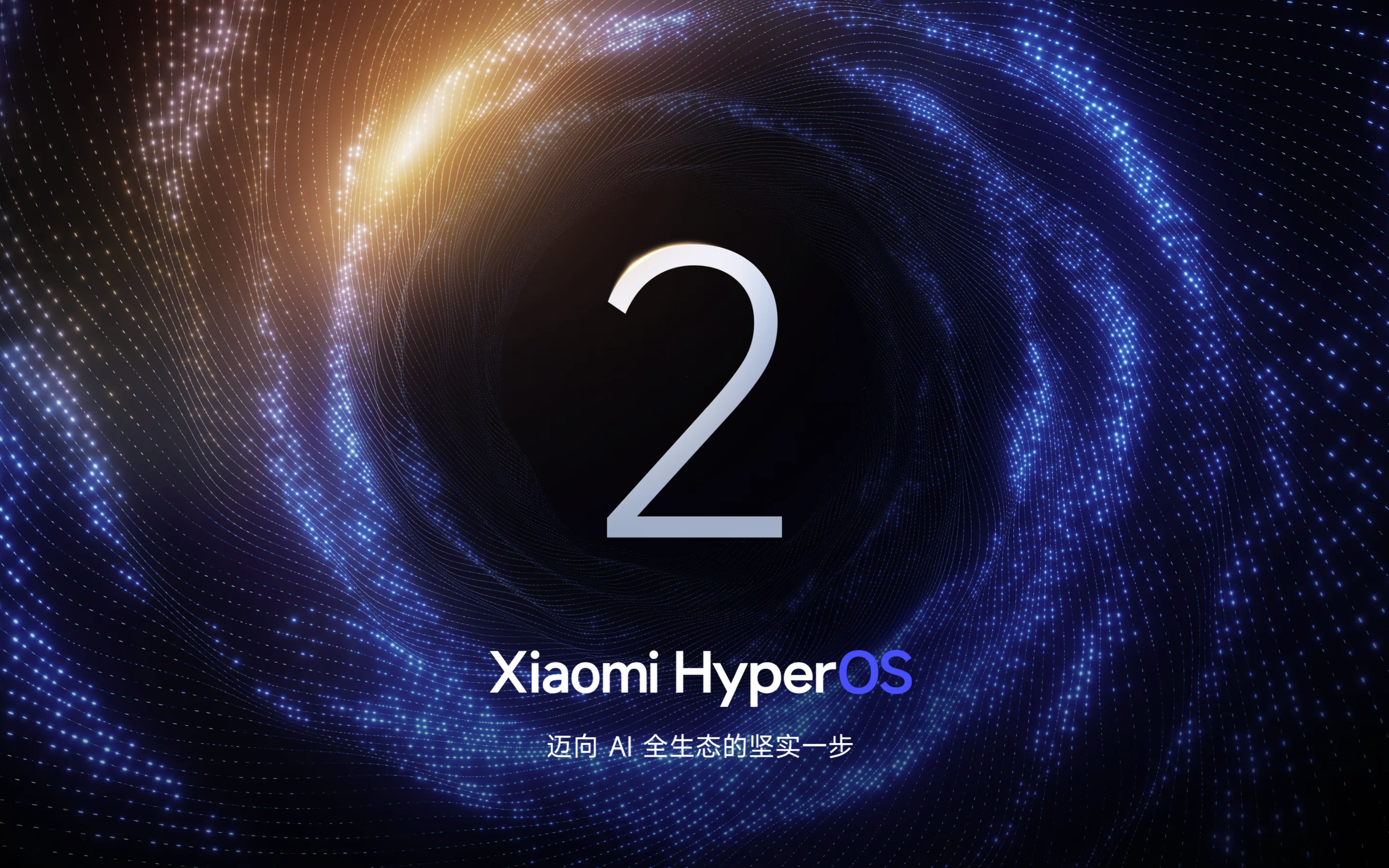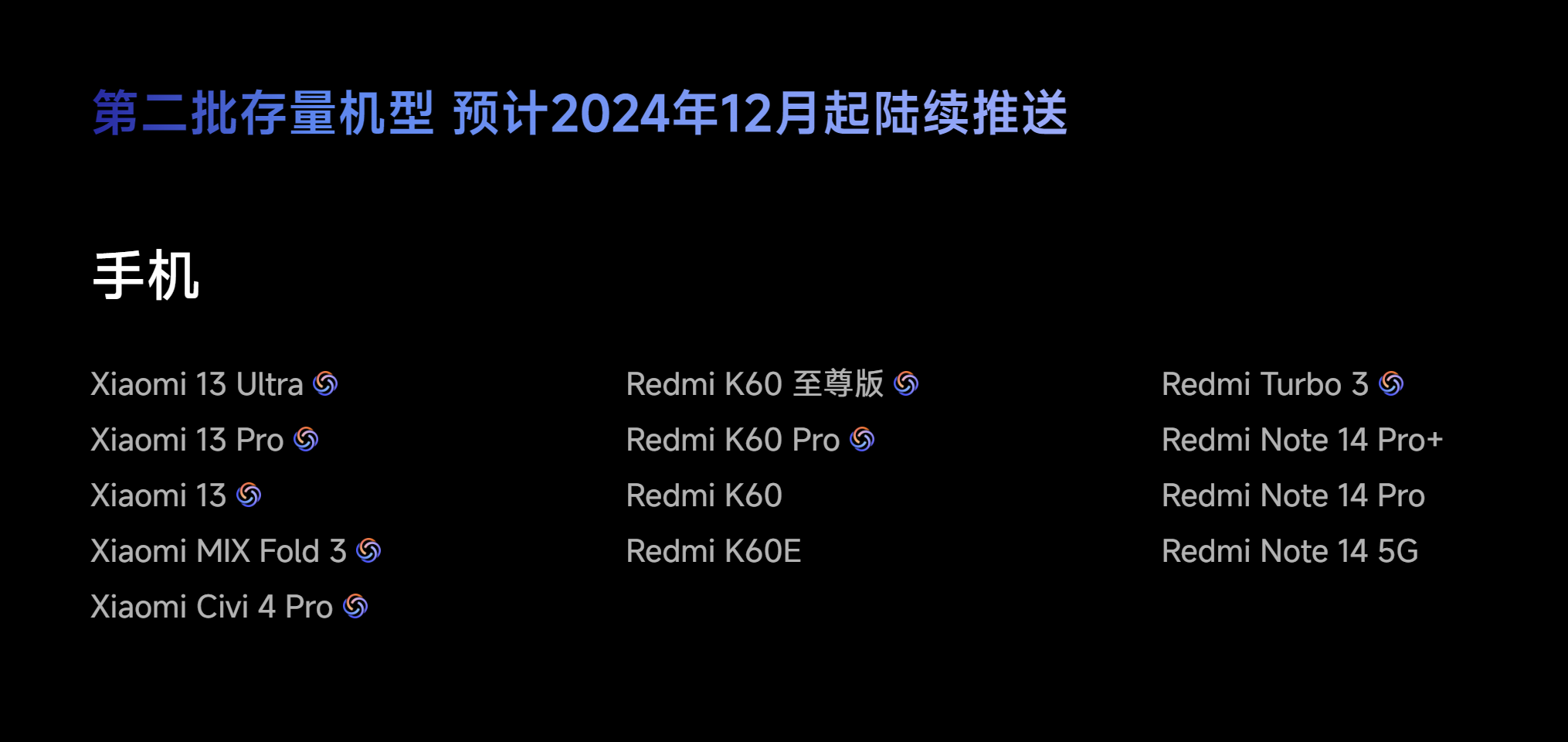Preface
It's been a while since I posted a new article. As the end of the month approaches and I haven’t come up with anything exciting, let’s just chat about daily stuff instead~
HarmonyOS NEXT: A New Experience

It’s been two months since I started using the NEXT system. Setting aside the ecosystem discussion, the system itself is quite polished. Compared to Android, it has indeed become less playful after closing itself off.
Various pros and cons have already been analyzed by experts, so here I’ll share my niche perspectives and needs (not that anyone’s reading this anyway).
Niche Software
Niche software is also a crucial part of supporting an ecosystem. Like sand filling in the gaps between stones, these apps are indispensable. At the launch event, Mr. Yu always emphasized the top 500 apps. While these apps indeed have a vast user base and influence, the question remains: how can we motivate niche software developers to adapt their apps for HarmonyOS? This is a thought-provoking issue. Additionally, attracting foreign and open-source software for adaptation might require more policy support and incentives.
VPN (Virtual Private Network) Support
Here’s an odd phenomenon: HarmonyOS NEXT has removed Android’s restriction on trusting root certificates but has entirely stripped out system-level VPN settings. This means I can no longer easily use the built-in VPN functionality to access my server’s intranet, forcing me to rely on third-party apps.
****
Niche adaptation: slow progress, many bugs, and poor performance. It’s understandable that migrating such a massive ecosystem isn’t an overnight task, but there doesn’t seem to be a more proactive attitude towards this challenge either.
On the Android Virtual Machine
I get it; it’s a necessary compromise during ecosystem migration. Every time Apple switches architectures, they provide a transition tool, right? While the specifics differ, the intent is similar. Of course, we can’t over-rely on the Android virtual machine; otherwise, failing to establish an independent ecosystem might lead to an awkward situation.
Xiaoyi AI Assistant
It still boils down to software adaptation. Simply integrating system-level operations and large models isn’t enough to call it the future of AI assistants. Naturally, we shouldn’t give AI too much operational freedom either. Being able to "speak" and act should define the future of mobile assistants. NEXT has an advantage here: with a new ecosystem and rewritten software, it can be designed to align with its operation model instead of sticking to traditional mobile manufacturer adaptation strategies.
Summary
Overall, I’m highly satisfied with the NEXT system. I didn’t highlight the advantages because there are so many that it would be like nitpicking. Most of the bugs I reported earlier have been fixed in subsequent versions, and user experience has steadily improved. I sincerely hope the HarmonyOS ecosystem continues to thrive and grow!
Xiaomi HyperOS 2

Finally Here

Based on my understanding, this image suggests that the first version should arrive by mid-December. My poor K60 Pro only received it on the 19th 😭. Oh well, it’s a minor issue. After all, I don’t have beta testing access (don’t ask why; it’s because I rarely browse the Xiaomi forums, so I didn’t level up). However, I unlocked the bootloader and had a lot of fun. Downloading the package and sideloading it worked perfectly!
All-In-One Device Tinkering
TWRP, KernelSU, LSPosed, …
After a flurry of tinkering, I must say Xiaomi devices are fun to modify. I didn’t encounter any strange issues even with the stock system.
Stability
My K60 Pro has been through thick and thin, running EU ROM, LineageOS, PixelMagic, RisingOS, PixelMagic again… All I can say is that near-stock systems don’t suit me. From both stability and usability perspectives, they’re not the best choice. This upgrade was a great opportunity to switch back to HyperOS 2. After wandering around, I’m back home. The stability of the stock system over the past week has proven that professional work is best left to professionals, even if it’s a beta.
Countdown Drama!!!
The mandatory 10-second or 5-second countdown is just ridiculous. Sure, I can bypass it with a module, but since I’ve already unlocked the bootloader, can’t you let me take full responsibility myself? 🤣
Performance
I’m not obsessed with specs, don’t engage in cyber debates, and don’t judge performance solely by benchmarks. Based on actual experience, I subjectively feel that version 2.0 has significantly improved smoothness in daily use (mainly due to smoother animations). Of course, it’s still a beta version, so occasional minor frame drops are inevitable. When it comes to gaming, the device’s temperature control is more refined, and frame rate stability is no longer inferior to the manually tuned Scene settings of version 1.0.
Summary
Although it’s Android-based, having core competencies is crucial. It’s encouraging to see Xiaomi refocus on system development after making a name for itself. HyperOS 2 is a step in the right direction, deeply cultivating its strengths.
